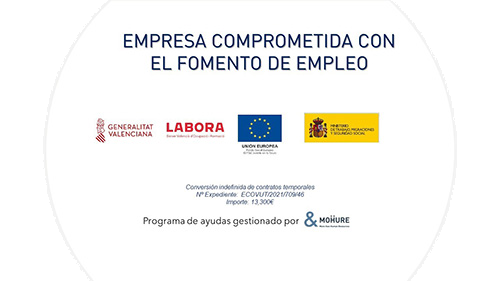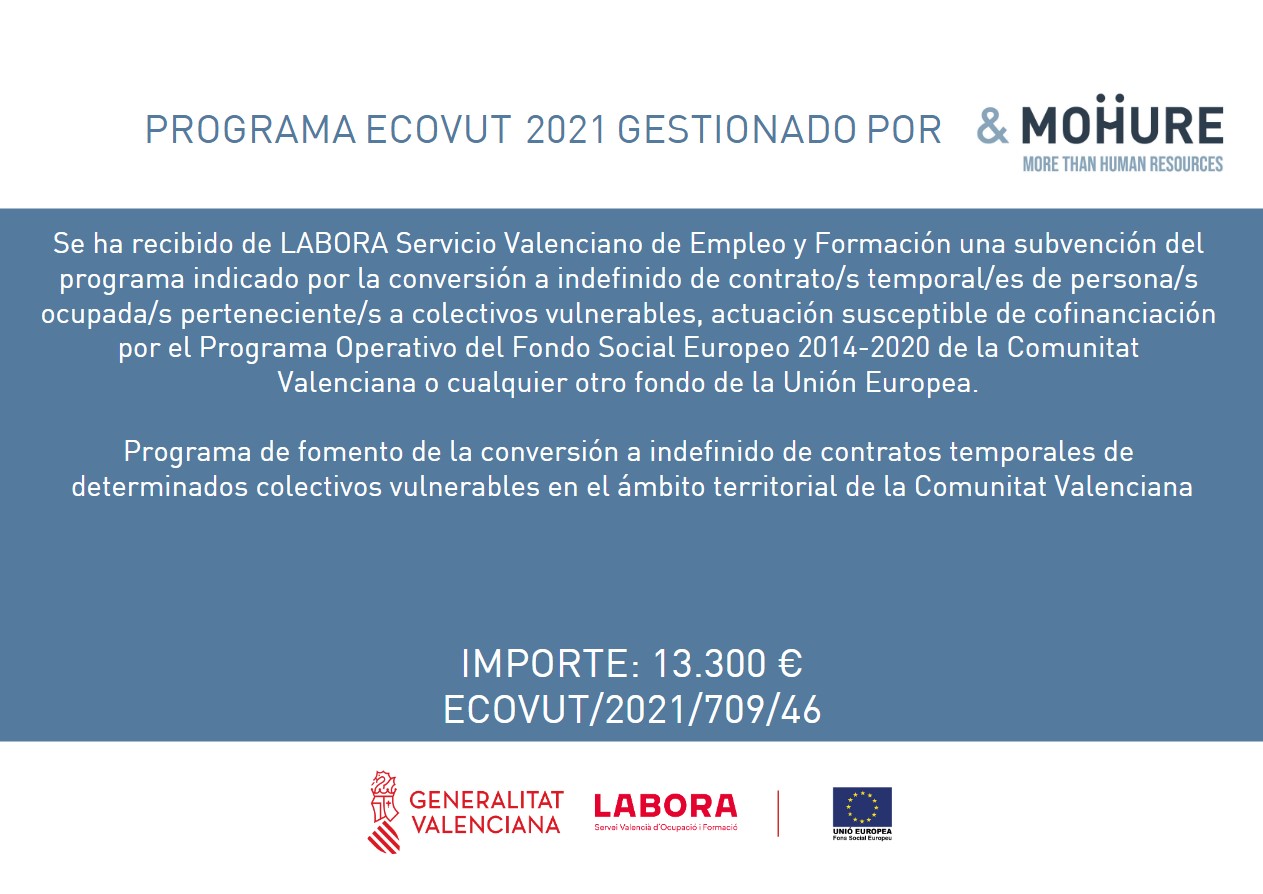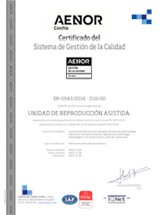Family models reflect our very own society. Until not too long ago, any baby born out of an environment where the traditional model of the family nucleus existed, such as marriage, was seen to be something out of the norm. Not for any ideological or religious reasons or even due to prejudice: quite simply because statistically, it was not that frequent. That a baby was born to an unwed mother was somewhat strange at the time of the Spanish democracy’s dawn in 1975, firstly in that the National Statistics Institute (INE) compiled the data, showing that only 2% of babies were born out of wedlock.
The change apart from being drastic has been rapid. In a little over four decades, and with a continuous upward trend -the data has increased each and every year- changing the panorama completely. From the figure of 2% of babies born in the mid-seventies out of wedlock, the figure has increased to nearly 47% in 2017, being the last period for which statistics were published by the INE. That’s to say, the cases have multiplied by 23.
Where it used to be difficult to find just one case, now nearly one out of every two babies is born to unmarried mothers. In addition, this change is not just in the family model, but even in its process. This progress has not only happened in society, but also in medicine. The success and reliability rates associated with assisted reproduction currently allow same-sex couples, single mothers and many different family nuclei to form a family and make their dreams come true.
Exponential growth
In addition, the data shows a disparity between babies born to Spanish mothers and those born to foreign mothers. Since 2002 when the INE began to detail births, the tendency is different: as in this year the babies born to foreign unmarried mothers already represented 43% of the total, whereas the babies born to unmarried Spanish mothers just about reached 19%.
Since this first analysis of the figures, the babies of unmarried Spanish mothers have grown to now represent 48% of the total, whereas in the case of foreign unmarried mothers the percentage has remained somewhat flat at 41%, even lower than the initial figure. This statistic which is no more than a numerical reflection of a series of socioeconomic, demographic and cultural realities, shows with certain eloquence the main character: that the traditional marriage is no longer the axis on which families turn and the tendency indicates that each time less.











